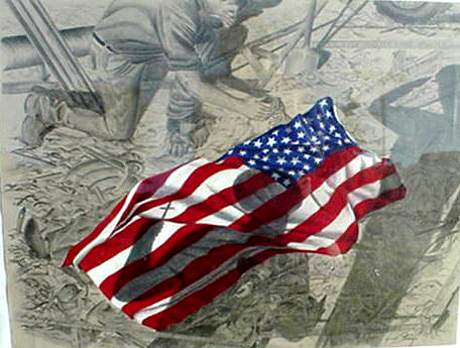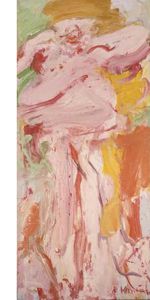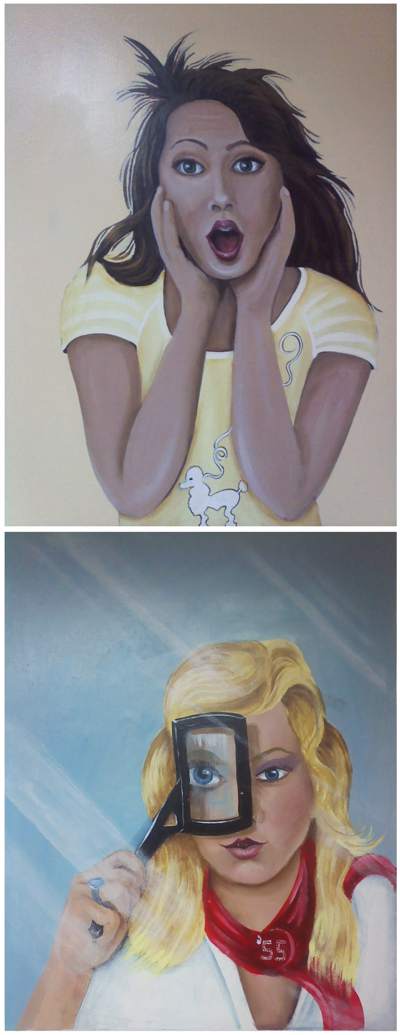Today is Patriot Day, the 16th anniversary of September 11, 2001.
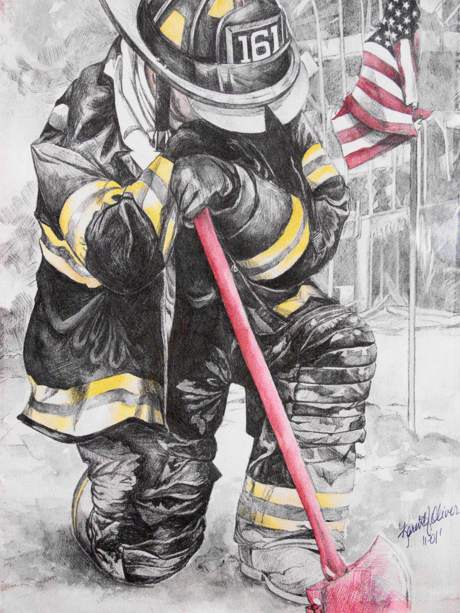
We’re all a little distracted though. Hurricane Harvey washed over Houston 17 days ago; the city sank 2 cm. Hurricane Irma started shredding Florida yesterday. Enjoy this column from last year, slightly updated.

The time has come again to join area artists and arts councils to celebrate National Arts In Education Week. It began yesterday and continues through September 16.
You can take part. Take just a couple of minutes to write a Letter to the Editor of the Courier, Free Press, the Messenger or your own hometown paper. Tell your story of why the arts in education matter to you.

Designated by Congress in 2010, House Resolution 275 names the week beginning with the second Sunday in September as National Arts in Education Week. During this week, the field of arts education and its supporters join together in communities across the country to tell the story of the transformative power of the arts in education.
In 2016, it is a particularly important time to celebrate arts education, as we usher in a new chapter of American educational policy with the new “Every Student Succeeds” Act and its many arts-friendly provisions. In the new law, the arts remain a well-rounded subject and are empowered to be central to a child’s education in our public schools. More importantly, music helps kids learn math. Art helps kids learn language. Reading helps kids learn to write.
Our municipal, school, and state leaders need to know about the impact the arts have on young peoples’ lives and that they must support the arts in every district and every school in America.
After sending in your letter to the editor, you can join the movement of thousands of arts education advocates celebrating National Arts in Education Week. Contribute to the visibility campaign on social media during the week of September 11-17, 2016 by using the hashtag, #BecauseOfArtsEd. People from all walks of life can share their story of the transformative power of the arts in their own education and the impact the arts have had on their work and life.
Here are some ways to participate:
• Write a letter. Take two minutes to write a Letter to the Editor of the Courier, Free Press, or Messenger or to your local paper. Tell us why the arts in education matter to you.
• Post on Facebook. Tell the world your #BecauseOfArtsEd story on Facebook. Describe what you are doing now in work and life and how arts education has a positive impact with a photo! Be sure to use #ArtsEdWeek, too.
• Send a tweet. Share your quick #BecauseOfArtsEd story on Twitter. Be sure to include an image or video along with #ArtsEdWeek.
• Share a photo. Post your favorite arts education photo on Instagram along with your #BecauseOfArtsEd story about the impact of arts education on your life. Be sure to use #ArtsEdWeek.
And be sure to send your letter or tweets to your school board and to our representatives in Montpelier and in Washington.
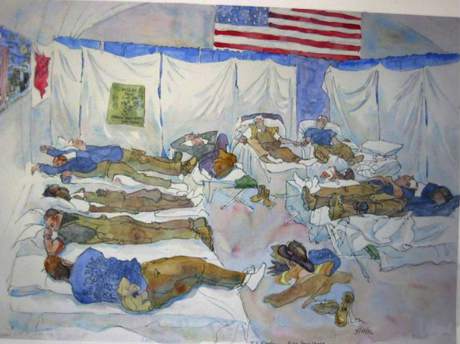
Disasters, whether manmade or natural, bring out the best in us. Art reminds us how good that can be.
